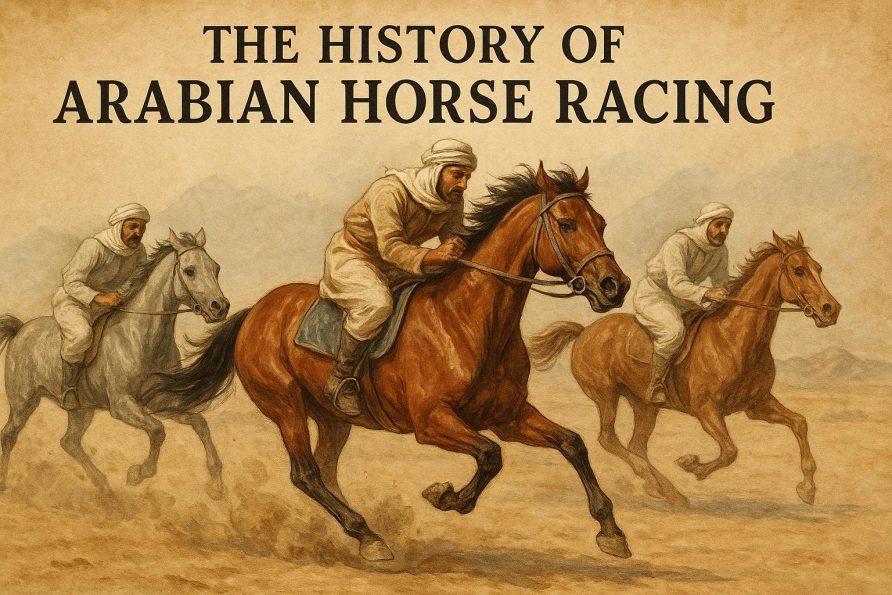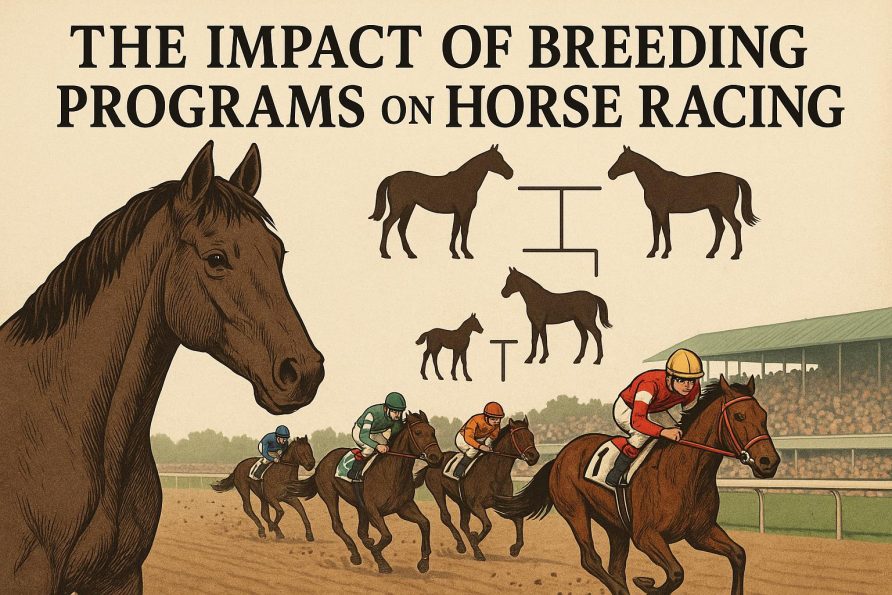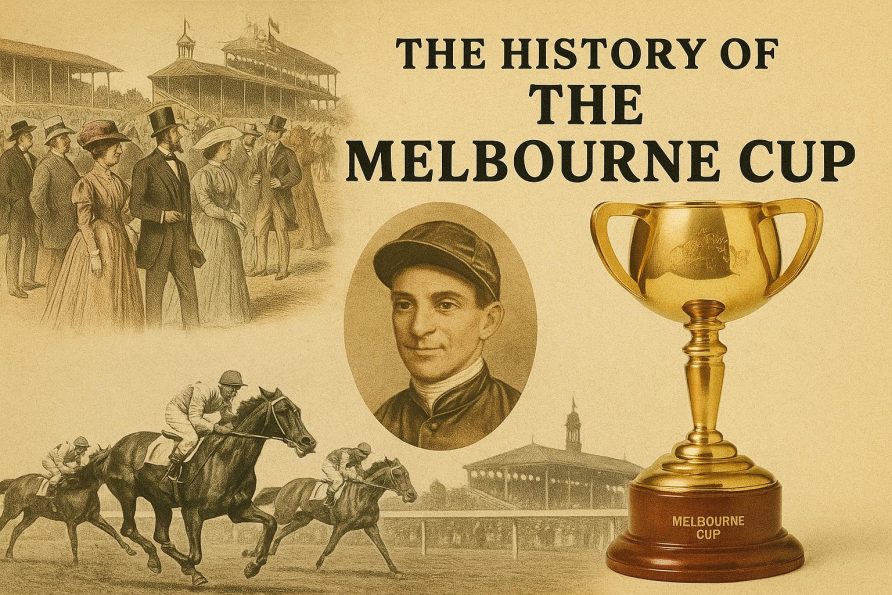The Origins of Arabian Horse Racing
Arabian horse racing holds a profound connection to the history and culture of the Middle East, tracing its roots back thousands of years. The Arabian horse, known for its remarkable speed, enduring strength, and intelligence, has been a vital component in the cultural and historical landscape of the region. This breed, revered for its innate qualities, has served various purposes over the centuries, from being a dependable warhorse to becoming a celebrated figure in competitive racing.
The Role of the Arabian Horse
The breeding of Arabian horses by the Bedouins in the Arabian Peninsula marked the beginning of this noble creature’s journey with humanity. The Bedouins, nomadic tribes native to the deserts of the Middle East, originally bred these horses for purposes other than racing. Their primary aim was to cultivate a reliable and swift horse that could navigate the unforgiving terrain of the desert. The Arabian horse emerged as an unparalleled companion in warfare and trade, where its ability to endure long distances and its swift pace were indispensable.
The historical impact of Arabian horses is well documented in various records. They were often deployed in raids and during battles, where their incredible speed and agility offered a significant advantage over adversaries. The structure and stamina of the Arabian horse allowed it to excel in these scenarios, playing an essential role in the survival and success of the Bedouin tribes.
The Emergence of Competitive Racing
As time progressed, the tradition of racing Arabian horses began to take form. The initial practice started as informal competitions among tribes and local communities. These events were not merely for entertainment; they served as a practical test of the horses’ speed, endurance, and stamina, providing a measure of their suitability for use in raids and battles.
Over time, this informal tradition evolved into a structured sport. The appreciation for the skill and capability of Arabian horses in these races grew, and the practice solidified its status as a respected competitive event. The structured races not only celebrated the horses’ qualities but also contributed to a burgeoning cultural pastime that extended beyond its practical origins into the realm of competitive sports.
Growth in the 20th Century
The 20th century marked a period of significant expansion for Arabian horse racing. The sport’s increasing popularity extended well beyond the Middle East, reaching audiences and participants around the world. Inspired by Western methods of horse racing, the development of formal racetracks and dedicated racing events took root in this era.
Organizations such as the Arabian Jockey Club in the United States played a pivotal role in promoting the sport. These institutions helped regulate and standardize Arabian horse racing, fostering its growth on an international scale. Similarly, European countries embraced the sport, contributing to the global network of Arabian horse racing enthusiasts and professionals.
This period also saw technological advancements and innovations in horse racing, integrating modern techniques with the rich, traditional practices of Arabian horse racing. The synergy of old and new paved the way for the further evolution of the sport, cementing its place in the international equestrian community.
Modern-Day Arabian Racing
In contemporary times, Arabian horse racing commands global recognition. Esteemed events such as the Dubai International Arabian Races and the Qatar Arabian World Cup epitomize the significance and prestige associated with this breed in the racing circuit. These grand events draw participants and spectators from around the world, celebrating the unique qualities inherent in Arabian horses.
The international stature of these races highlights not only their competitive nature but also the cultural heritage they encapsulate. Enthusiasts and professionals continue to organize and partake in races, deeply appreciating the traits that distinguish Arabian horses from other breeds. The unwavering spirit of the Arabian horse, with its legendary speed and endurance, remains at the heart of these competitions.
The enduring legacy of Arabian horse racing provides a bridge to the past, preserving the rich traditions associated with these magnificent creatures. Those interested in delving deeper into the world of Arabian horse racing can access a range of resources dedicated to equine sports. For further exploration, websites such as Arabian racing clubs offer insights into the latest events and developments within this vibrant sphere.
In conclusion, the ongoing celebration and evolution of Arabian horse racing reflect both its historical significance and its enduring appeal. As the sport continues to thrive on a global stage, it honors the legacy and tradition of the Arabian horse, ensuring that its remarkable story continues to inspire and captivate audiences worldwide.











